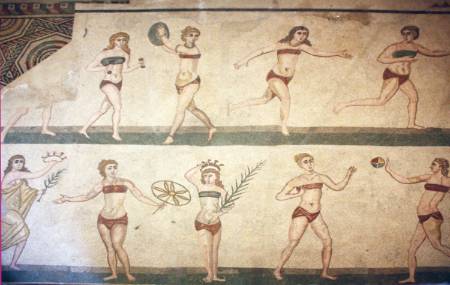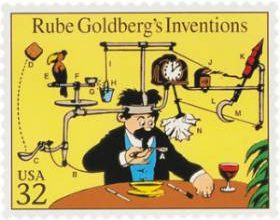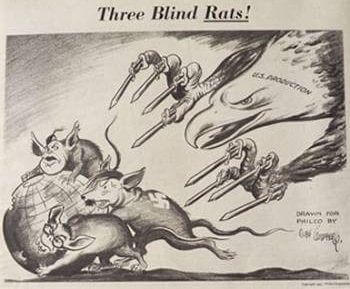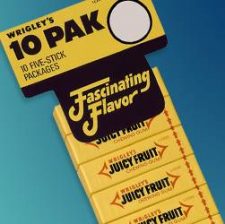Bikini Day
Today is Bikini Day. On July 5, 1946, French designer Louis Réard unveiled a two-piece swimsuit he named after a US atomic bomb test at Bikini Atoll in the Pacific Ocean, conducted only five days earlier. He believed his swimsuit would cause an “explosive commercial and cultural reaction.”
Two-piece outfits were not new. In 1960, while excavating the ruins of a fourth-century Roman villa, archaeologists discovered a mural depicting ten women, informally referred to as “the bikini girls.” There’s no evidence to suggest the clothing was used for swimming.

Villa Romana del Casale – “the bikini girls”
In the 1930s, European women began wearing two-piece bathing suits — a halter top and shorts — that bared a bit of midriff and covered the navel entirely. During World War II, fabric rationing led to similar designs in the U.S.
In 1946, Réard wasn’t the only French designer determined to capitalize on the jubilant postwar mood with fashion evoking an odd, bomb-loving nostalgia. Jacques Heim had designed a bathing suit in 1932, when exposing the belly button was still considered scandalous. He rereleased it in June 1946 with the name “Atome” in honor of the atomic bomb, and advertised it as “the world’s smallest bathing suit.”

Jacques Heim’s “Atome”
Réard’s swimsuit was smaller, constructed of a little bra top, two triangular pieces of fabric, and string. He planned to unveil it three weeks later, on July 5th at the Piscine Molitor pool, promoting it as “smaller than the world’s smallest bathing suit.”
One issue threatened to derail Réard’s plan: He couldn’t find a professional model who would agree to wear the skimpy bikini. His solution turned out to be a stroke of marketing genius. He hired exotic dancer Micheline Bernardini, who had no problem with appearing nearly nude in public.

Réard’s “bikini”
To demonstrate his confidence in the headlines his bikini would generate, he printed newspaper-style text across the suit’s material. The bikini was a hit, and so was Bernardini, who reportedly received 50,000 fan letters.
In less than ten years, the bikini became a familiar sight on beaches all over Europe. By the 1960s, it was popping up everywhere in the U.S. as well. Seventy years after its introduction, the design continues to dominate the market. Réard summed up its sexy allure when he stated:
“A bikini is not a bikini unless it can be pulled through a wedding ring.”
Happy Bikini Day!



 National Waffle Iron Day celebrates one of the world’s favorite kitchen appliances. Although today’s date appears to have no historical significance, from Medieval communion wafers to Nike sneakers, there’s no doubt that the waffle iron has made quite an impression on world history.
National Waffle Iron Day celebrates one of the world’s favorite kitchen appliances. Although today’s date appears to have no historical significance, from Medieval communion wafers to Nike sneakers, there’s no doubt that the waffle iron has made quite an impression on world history.
